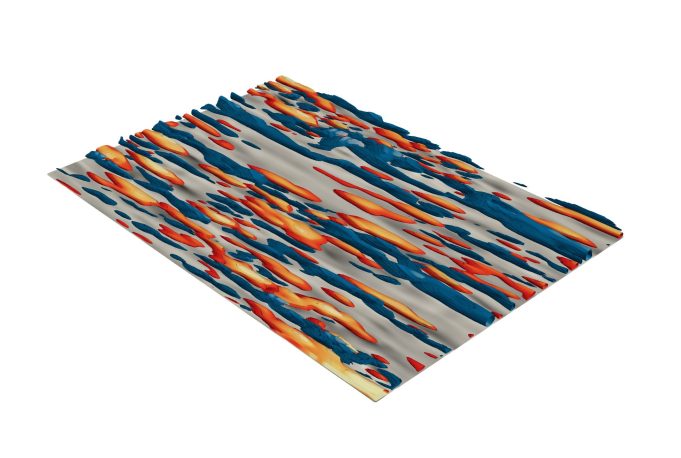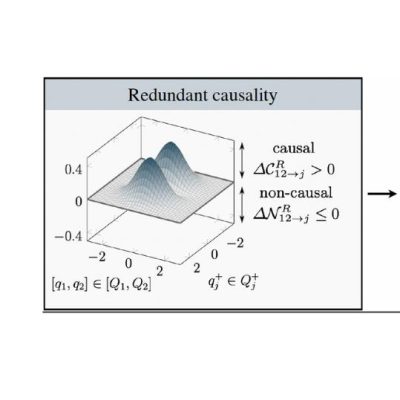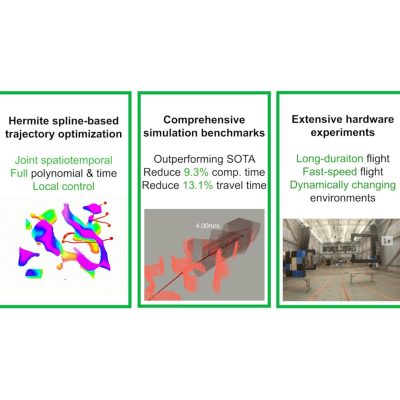
Informative and non-informative decomposition of turbulent flow fields
PhD student Gonzalo Arranz and Prof. Adrian Lozano-Durán (Aerospace Computational Design Laboratory) present a method to decompose a flow into two components: an informative component that contains all the information of a given target flow of interest, and a residual component that contains no information of the target flow. Results demonstrate that the informative component contains all the information needed to understand, model, and control the target flow of interest.
Authors: Gonzalo Arranz and Adrian Lozano-Durán
Citation: Journal of Fluid Mechanics. Dec. 2024; 1000:A95
Abstract:
Not all the information in a turbulent field is relevant for understanding particular regions or variables in the flow. Here, we present a method for decomposing a source field into its informative 𝜱𝐼(𝑥,𝑡) and residual 𝜱𝑅(𝑥,𝑡) components relative to another target field. The method is referred to as informative and non-informative decomposition (IND). All the necessary information for physical understanding, reduced-order modeling and control of the target variable is contained in 𝜱𝐼(𝑥,𝑡), whereas 𝜱𝑅(𝑥,𝑡) offers no substantial utility in these contexts.
The decomposition is formulated as an optimization problem that seeks to maximize the time-lagged mutual information of the informative component with the target variable while minimizing the mutual information with the residual component. The method is applied to extract the informative and residual components of the velocity field in a turbulent channel flow, using the wall shear stress as the target variable.
We demonstrate the utility of IND in three scenarios:
- Physical insight into the effect of the velocity fluctuations on the wall shear stress;
- Prediction of the wall shear stress using velocities far from the wall;
- Development of control strategies for drag reduction in a turbulent channel flow using opposition control.
In case (1), IND reveals that the informative velocity related to wall shear stress consists of wall-attached high- and low-velocity streaks, collocated with regions of vertical motions and weak spanwise velocity. This informative structure is embedded within a larger-scale streak–roll structure of residual velocity, which bears no information about the wall shear stress. In case (2), the best-performing model for predicting wall shear stress is a convolutional neural network that uses the informative component of the velocity as input, while the residual velocity component provides no predictive capabilities. Finally, in case (3), we demonstrate that the informative component of the wall-normal velocity is closely linked to the observability of the target variable and holds the essential information needed to develop successful control strategies.

